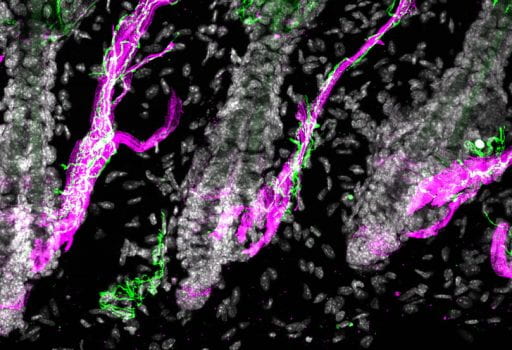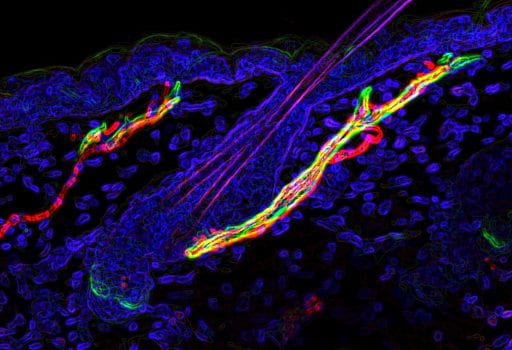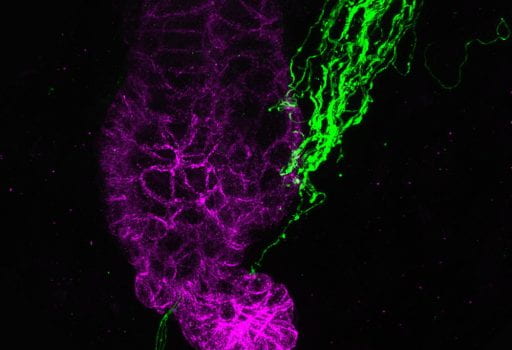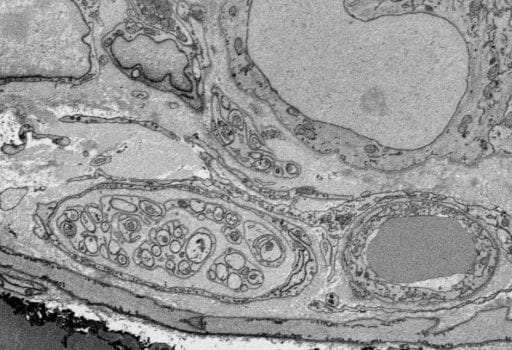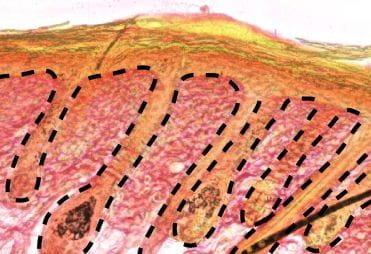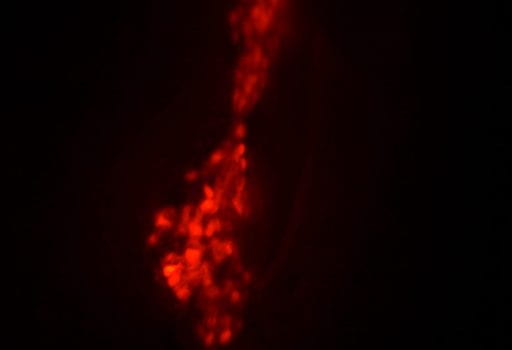Many organs rely on somatic stem cells for continuous turnover, regeneration and repair. The skin is the largest organ and forms a barrier between the organism and the outside world, protecting it from insults and dehydration while facilitating thermoregulation and multiple sensations. To do so, the skin harbors several distinct populations of stem cells and a rich array of cell types from different origins to function as stem cells’ niche.
The Shwartz lab is utilizing an interdisciplinary approach combining genetic, imaging and viral tools to study local and systemic signals that control skin stem cell function. The ultimate goal is to use this knowledge to pinpoint potential unknown regulatory signals and networks that could be harnessed to control stem cells for the treatment of various skin conditions and diseases.

